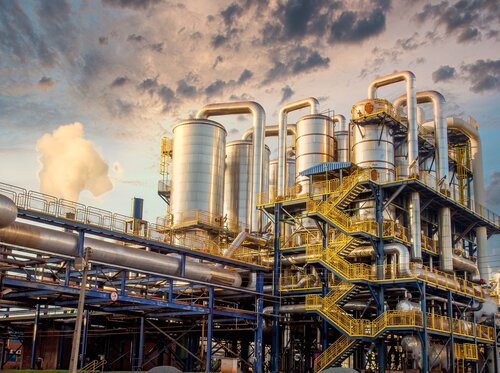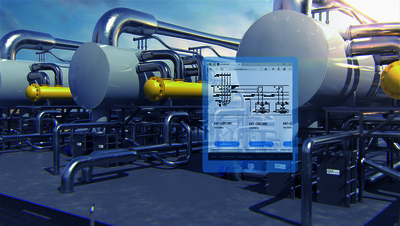
© istockphoto.com / Mailson Pignata
Process Plant Engineering
Chemical plants from FEED and process design through to detailed engineering
Contact:
The engineering process begins with the initial overview flow diagram, when results from simulations – using e.g. Aspen – can be imported directly. These are fed seamlessly into PFDs and worksheets that take care of all the calculations. Changes and scenarios are automatically visualized in separate documents, which greatly speeds up the basic engineering phase.

During process design, Engineering Base facilitates the rule-based creation of P&ID diagrams with its user-friendly functions, such as modular design, automatic list and report generation, as well as a workflow-centric approach for pipe classes. Taking the scenarios defined in the FEED phase as a basis, the detailed specifications are added during process design, enabling an efficient transition between the planning phases.

Engineering Base combines process, electrical and automation data into a single digital twin that paves the way for a unique form of collaboration. Whereas the task of automation defines the plant's logic and dynamic behavior, electrical design is responsible for planning its hardware and power supply. These disciplines are able to work together seamlessly thanks to the universal data model, eliminating sources of error such as data silos and interfaces.
About the product Engineering Base - Electrical Design and Automation

The investment made in the digital twin during the engineering phases pays off during plant operation in particular. Here, Engineering Base acts as the guardian of the as-built status as an exact image of the real plant. Employees in the plant who are familiar with Engineering Base can add changes as a redlining layer directly to the original documents, which are then adapted by colleagues in the documentation. The same process also works via an app on mobile devices without in-depth knowledge of Engineering Base.
